At this point in our world, it can be assumed that nearly everyone has heard of the term "evacuate" or "evacuation". Merriam-Webster's defines evacuation as "to withdraw from a place in an organized way especially for protection". Basically, it means to purposefully leave a specific geographic area and relocate to another safer area, due to some sort of hazard. There are a variety of reasons why one would evacuate. Natural disasters and human made disasters are generally the reasons why we would evacuate (also known as evac), and those are the reasons we will discuss in this post. When it comes to evacuating a populated area under the direction of local, state or federal authorities there are two types of evacuation. These are voluntary and mandatory. Most of the time a voluntary evacuation will be initiated when there is a known hazard and there is a great possibility that staying in the area will be hazardous to life safety. A mandatory evacuation will be initiated when there is an extreme impending hazard that will definitely impact life safety for any and all who remain in the area.
The laws and statutes that designate the authority of who can authorize an evacuation vary. Generally it is law enforcement chiefs, Emergency Managers, Mayors, County Commissioners or County Managers can make this decision at the local level. At the state level it is the governor or other designate policy group. Going from past experiences, whenever there is an evacuation, whether voluntary or mandatory it is best to get out when/if you can. It is often seen that responding agencies have to dedicate significant resources to send rescue to people who did not evacuate when they had the chance to, preventing these responders from attending to other duties. It is important to recognize that not every household has the resources to pick up and go when there is an evacuation order. Many times these are the folks who are forced to stay because they have nowhere to go, or don't have the resources to safely get out when they need to. This is where local emergency management and evacuation plans come into play. Local plans should indeed address those who cannot evacuate, whether due to access and functional needs or lack of resources. Contact your local Office of Emergency Management if you have questions about your local evacuation plans and what the plans mean for your household.
Recently, we have seen evacuation orders sent out in Florida, Georgia, Texas and California due to hurricanes, flooding and fires. Most of these evacuation orders were sent out using some type of public notification system. The providers of these systems may vary from county to county and state to state, but generally they all have similar capabilities of sending voice, text and email messages to the people who are registered in their jurisdictions. Check with your local Office of Emergency Management and inquire about the notification system they use. If it is one you have to register for, go ahead and sign up!
We all should have some sort of plans for evacuations. Things you will need to think about are an emergency kit, some monetary savings, and knowing the different routes in and out of your area. World aware can help with emergency kits, and making solid plans to keep you safe during an evacuation.





